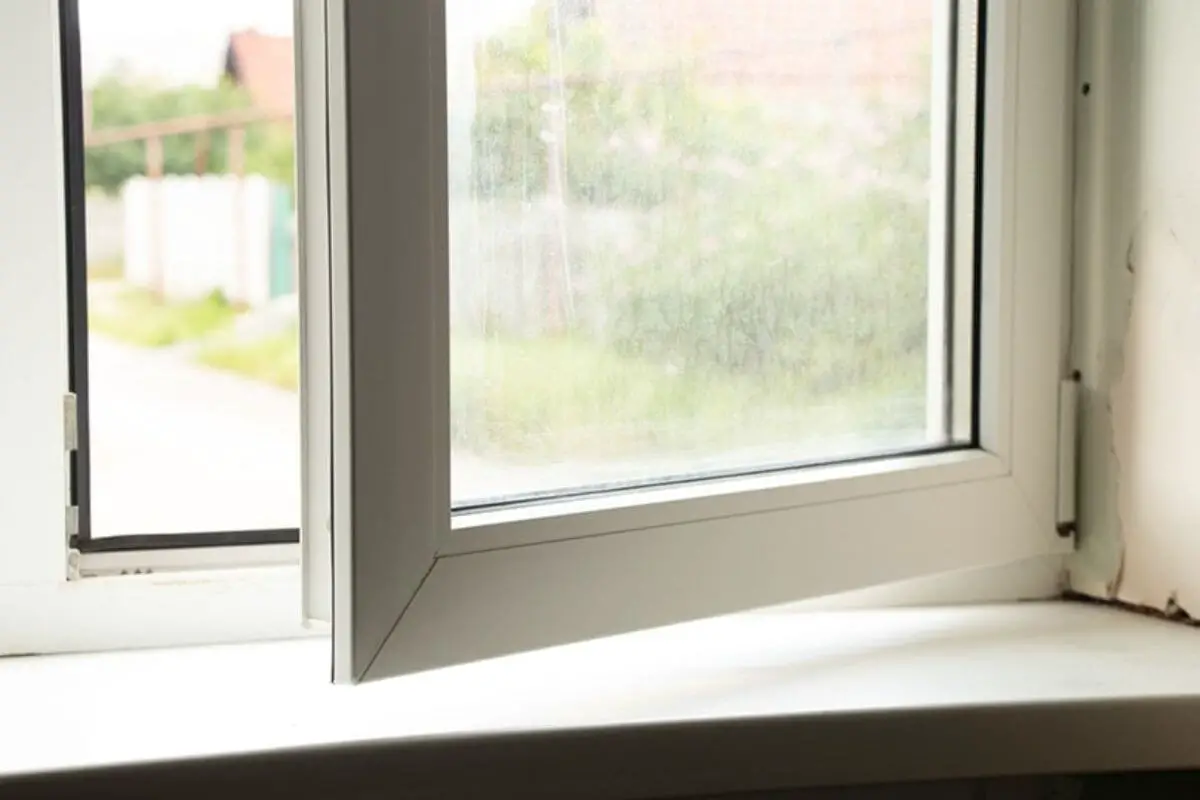When it comes to finishing the edges around windows, two common options you may encounter are window casing and drywall return. While both serve the purpose of creating a clean and polished look, they have distinct characteristics and applications. In this article, we’ll delve into the differences between window casing and drywall return to help you make an informed choice for your home.
Window Casing
Window casing, also known as trim or molding, is a decorative and functional element that surrounds the perimeter of a window. It serves several purposes:
- Aesthetic Enhancement: Window casing is primarily used to enhance the visual appeal of a window. It comes in various styles and profiles, allowing homeowners to choose a design that complements their interior decor and architectural style.
- Transition: Window casing acts as a transition between the window frame and the adjacent wall. It provides a seamless connection, covering any gaps or imperfections.
- Protection: Casing helps protect the window frame from damage and wear over time. It can shield the frame from moisture, dust, and potential impacts.
- Customization: Window casing can be customized with different materials, such as wood, vinyl, or composite, and painted or stained to match the room’s color scheme.
- Versatility: It can be applied to various window types, including single-hung, double-hung, casement, and sliding windows.
Drywall Return
Drywall return, on the other hand, is a different approach to finishing the area around a window. Instead of using decorative trim like casing, drywall return involves extending the drywall from the window frame to meet the adjacent wall without any additional trim. Here’s what you need to know about drywall return:
- Minimalist Design: Drywall return creates a minimalist and modern look. It eliminates the need for decorative moldings, offering a sleek and clean appearance.
- Flush Finish: The drywall is extended to be flush with the window frame, creating a seamless transition. This design choice emphasizes simplicity and clean lines.
- Contemporary Aesthetics: Drywall return is often chosen in contemporary and minimalist interior designs, where simplicity and minimal ornamentation are key.
- Integration: It seamlessly integrates the window into the wall, making the window appear as an integral part of the overall wall surface.
- Custom Paint: Homeowners can paint the drywall return to match the wall color or create contrast, depending on their design preferences.
Choosing Between Window Casing and Drywall Return
The choice between window casing and drywall return largely depends on your interior design preferences and the architectural style of your home. Consider the following factors when making your decision:
- Aesthetics: If you prefer a traditional or classic look with decorative trim, window casing is the better choice. For a modern and minimalist appearance, drywall return may be more suitable.
- Architectural Style: Consider whether your home’s architectural style aligns with the chosen finish. Traditional homes often feature window casing, while contemporary homes may opt for drywall return.
- Maintenance: Drywall return may require less maintenance, as there are no protruding moldings to clean or maintain.
- Budget: The cost may also be a factor. Drywall return can be more cost-effective as it eliminates the need for additional trim materials.

In conclusion, both window casing and drywall return have their unique advantages and aesthetic appeal. Your choice should reflect your personal style, the design of your home, and your budget. Whichever option you select, both can contribute to a polished and finished look for your windows.
FAQs
What is the primary purpose of window casing?
The primary purpose of window casing is to enhance the aesthetics of a window, provide a transition between the window frame and the wall, protect the window frame, and allow for customization.
Is window casing suitable for all window types?
Yes, window casing can be applied to various window types, including single-hung, double-hung, casement, and sliding windows.
Can I paint or stain window casing to match my room’s decor?
Yes, window casing can be customized with different materials and finishes. You can paint or stain it to match your room’s color scheme.
What is the advantage of using drywall return for window finishes?
Drywall return offers a minimalist and modern look, creating a seamless transition between the window frame and the wall. It is often chosen for contemporary interior designs.
Do I need to use any additional trim with drywall return?
No, drywall return eliminates the need for additional decorative trim or moldings. The drywall is extended to meet the window frame directly.
Is drywall return suitable for traditional or classic interior designs?
Drywall return is typically chosen for contemporary and minimalist designs. Traditional or classic interior designs often favor decorative window casing.



